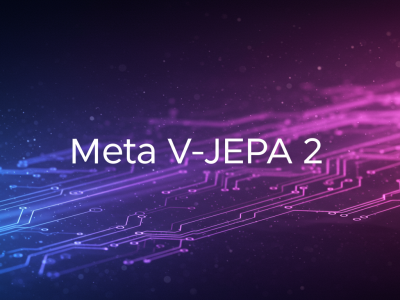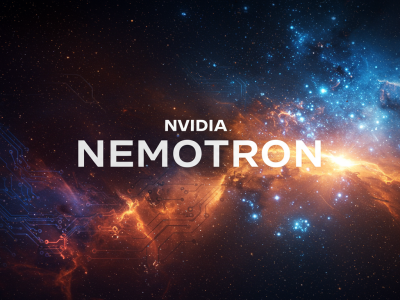Quick Take: The Qwen team just dropped a bombshell with the release of their Qwen3 model family, and they’re open-sourcing a huge chunk of it under the permissive Apache 2.0 license. The lineup includes everything from a monster 235B Mixture-of-Experts (MoE) model designed to compete with the giants, down to hyper-efficient small models. With unique features like controllable “Thinking Modes” and enhanced agent capabilities, this is a major new player in the open-source AI space.
🚀 The Crunch
🎯 Why This Matters: The open-source AI landscape just got a massive new contender. The Qwen3 family offers a full spectrum of powerful, Apache 2.0 licensed models that you can run, fine-tune, and deploy without restrictions. For developers, this means more choice, more power for local and self-hosted AI apps, and innovative features like controllable “Thinking Modes” to balance performance and cost.
enable_thinking=True for deep reasoning on complex tasks or turn it off for near-instant replies on simple queries.Qwen-Agent library.⚡ Developer Tip: Get hands-on with a powerful Qwen3 model in seconds. If you have Ollama installed, just run ollama run qwen3:30b-a3b in your terminal. This will download and run the 30B MoE model, giving you an immediate feel for its capabilities on your local machine.
Critical Caveats & Considerations
- MoE Models are Still Large: While efficient, the 235B and 30B models still require significant hardware resources to run effectively. Check the VRAM requirements.
- Performance Claims: The benchmarks look impressive, but always validate performance on your specific use cases and tasks.
- “Thinking Mode” is a Trade-off: Enabling deep reasoning will increase latency and computational cost. Use it judiciously for tasks that genuinely need it.
✅ Availability: The open-source Qwen3 models are available now on Hugging Face, GitHub, Kaggle, and Modelscope. You can also test drive them at chat.qwen.ai.
🔬 The Dive
The Big Picture: A Full-Spectrum Open Source Offensive. The Qwen3 release isn’t just another model drop; it’s a strategic move to provide a comprehensive, open-source alternative across the entire spectrum of AI needs. From the flagship Qwen3-235B-A22B, a Mixture-of-Experts model designed to compete with closed-source giants, to a suite of dense models scaling down to a nimble 0.6B, the Qwen team is providing developers with a complete toolkit.
💡 The Qwen team claims their flagship MoE model can “throw punches with the likes of DeepSeek-R1, Gemini 2.5 Pro, and Grok-3,” signaling a clear intent to compete at the highest level while championing an open-source philosophy.
Controlling the “Thinking Budget”
Perhaps the most novel feature for developers is the “Hybrid Thinking Modes.” This gives you explicit control over the model’s reasoning process. For complex tasks like generating intricate code, solving multi-step math problems, or deep logical analysis, you can set enable_thinking=True.
This prompts the model to use a more deliberate, step-by-step reasoning process, which can lead to more accurate and robust answers at the cost of higher latency. Conversely, for simple Q&A or tasks where speed is paramount, you can set the flag to False or use a /no_think command in chat interfaces. This instructs the model to provide a near-instant response without the deep pondering. This flexibility allows developers to dynamically optimize their applications for either depth of thought or speed of response, a practical and powerful feature for real-world applications.
Built for a Global, Agentic Future
The Qwen3 family is built with two clear future-facing goals: global reach and agentic capability. Supporting 119 languages and dialects out of the box makes it one of the most multilingual open-source models available, a huge boon for building international applications.
Furthermore, the models have been specifically enhanced for agentic workflows. This includes improved tool use, better planning skills, and compatibility with the Model Context Protocol (MCP). To streamline development, the team has also released the Qwen-Agent library, providing a ready-made framework for building applications that leverage these new agent skills.
TLDR: Qwen3 just dropped a massive family of powerful, Apache 2.0 open-source models. From giant MoEs to tiny dense models, they’re built for agentic tasks and feature a cool “Thinking Mode” you can toggle for speed vs. depth. Go grab one on Hugging Face and start building.




